eBird – a handy tool and a help to science
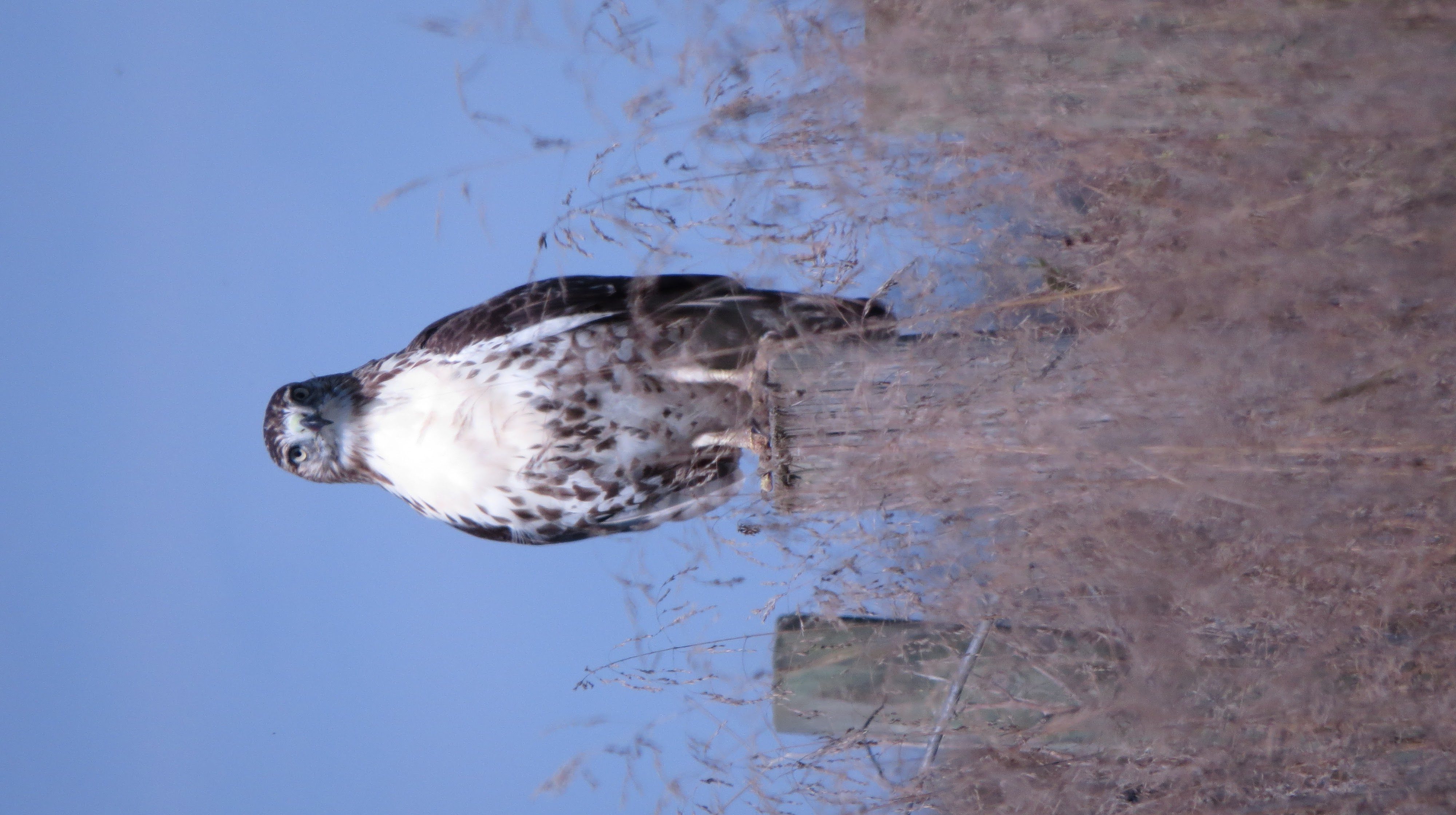
Lists
Most people as they start birding on a regular basis decide to start keeping lists. A life list, a state list, a county list – sometimes it seems that birders are more interested in lists than birds. Did you know that eBird can BE your list? If you enter your data regularly into eBird, it shows you a breakdown of your history of sightings by all kinds of different measures.
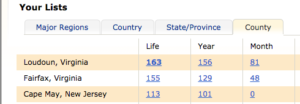
eBird provides life, year, month lists for a variety of locales
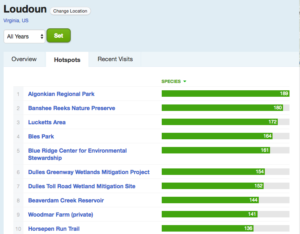
Hottest hotspots in Loudoun
Checklists
When going to a new park, many folks pick up the copy of the bird checklist for that park – often a paper copy can be found in the visitor’s center. Sometimes you go to a new park and there is no checklist, even no visitor’s center. So you have to guess at what birds are likely and at what else you might have seen. eBird can provide you a good checklist in all kinds of locations. For a Hotspot (a publicly shared location like Banshee Reeks), it is based upon what has actually been seen at that location at similar times of the year. And not just by the season (e.g. Winter), but for the week that you are there visiting. Further, eBird will highlight which birds are rare – the central point of the feature is to keep the data clean, but it can be very helpful to help you choose between two similar species based upon likelihood. eBird Mobile can be your notebook/checklist in the field – I find it much easier than scribbling notes down on paper.
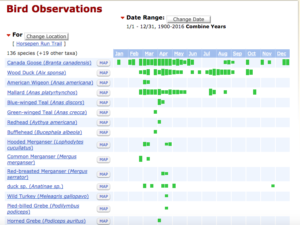
Bar charts showing likely locations for a hotspot
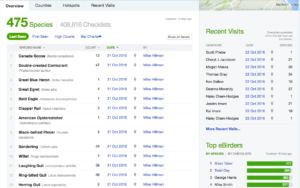
Region summary
Planning
eBird has a few features that help with planning birding trips. You can look at a particular Hotspot (or even a region) and see what birds are likely by looking at the bar charts for that location. Or if you know you’ll be in a place, you can explore that region (a country, state, county) and find the Hotspots with the biggest number of species seen. Next, if you want to see a particular bird, you can explore the data by species and see where you could go to see that bird. Finally, you can look at a list of target species at a location based upon your life lists.
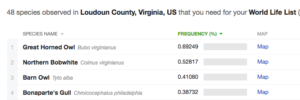
Target species list – clicking map will show where they might be seen
Alerts and Social
eBird provides the capability to subscribe to alerts – both rare birds (anything that would be flagged by eBird) and ‘Need’ birds. ‘Need’ birds are birds that you haven’t seen that have been seen in a particular area. These two features really help to ensure that you are more likely to see a wide variety of birds. Finally, for each area, eBird will show you who has seen the most birds and who has submitted the most checklists – you can even see recently submitted checklists to see who is recently active. This can help you connect with other active birders in your area.
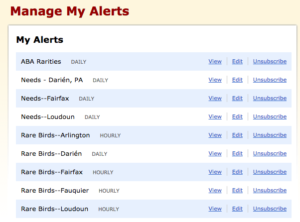
Alert subscriptions
The Science
eBird captures all this data and from it the researchers at Cornell (and other institutions) produce many papers and tools. This dataset is one of the largest ever amassed biodiversity data sets. eBird is being increasingly used to support Breeding Bird Atlas projects which dramatically reduces the amount of manual effort required to collect and compile the data.
To Get Started
- Create an account – https://secure.birds.cornell.edu/cassso/account/create?service=https%3A%2F%2Febird.org%2Febird%2Flogin%2Fcas%3Fportal%3Debird
- Download eBird Mobile – http://help.ebird.org/customer/portal/articles/1848031-ebird-mobile-apps-overview
- Enter a checklist
- Enter your historical data – http://help.ebird.org/customer/en/portal/articles/973960-entering-historic-data
- Share checklists with other’s in your party – http://help.ebird.org/customer/portal/articles/1010555-understanding-the-ebird-checklist-sharing-process
